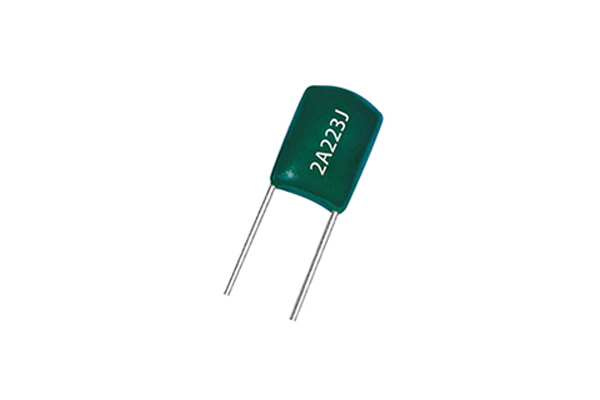your location : Home
> Weidy Express > Weidy Business School >
Working Principle and Performance Characteristics of Metallized Film Capacitors
2024-07-25 20:05:36
As an important electronic component, metallized film capacitors have been widely used in the modern electronics industry. In order to make better use of this capacitor, it is necessary to understand its working principle and performance characteristics.
Metallized film capacitors have several notable performance characteristics. The first is high insulation resistance, which allows them to operate stably in high-voltage environments. Second is the low dielectric loss, which makes them excellent in high frequency applications. In addition, metallized film capacitors have excellent temperature characteristics and long life, allowing them to maintain stable performance under various environmental conditions.
Another important feature of metallized film capacitors is their self-healing capabilities. When a local breakdown occurs inside the capacitor, the metallized film will automatically cut off the fault area to prevent further damage to the capacitor, thus improving its reliability and service life.
In general, metallized film capacitors have been widely used in many fields such as power supply filtering, signal coupling, and radio frequency circuits due to their high efficiency, stability, and durability. Understanding its working principle and performance characteristics will help us make better use of this capacitor and improve the overall performance of electronic equipment.
Metalized film capacitors are mainly composed of metallized film and plastic film. The plastic film serves as the medium and the metallized film serves as the electrode. By winding or stacking, metallized films and plastic films are alternately arranged to form a highly efficient capacitor. When a voltage is applied across the capacitor, charge accumulates on the metallized film, creating an electric field in the plastic film dielectric.

Metallized film capacitors have several notable performance characteristics. The first is high insulation resistance, which allows them to operate stably in high-voltage environments. Second is the low dielectric loss, which makes them excellent in high frequency applications. In addition, metallized film capacitors have excellent temperature characteristics and long life, allowing them to maintain stable performance under various environmental conditions.
Another important feature of metallized film capacitors is their self-healing capabilities. When a local breakdown occurs inside the capacitor, the metallized film will automatically cut off the fault area to prevent further damage to the capacitor, thus improving its reliability and service life.
In general, metallized film capacitors have been widely used in many fields such as power supply filtering, signal coupling, and radio frequency circuits due to their high efficiency, stability, and durability. Understanding its working principle and performance characteristics will help us make better use of this capacitor and improve the overall performance of electronic equipment.
 INDUSTRLAL electronic
INDUSTRLAL electronic



 Scan code 5 seconds
Scan code 5 seconds